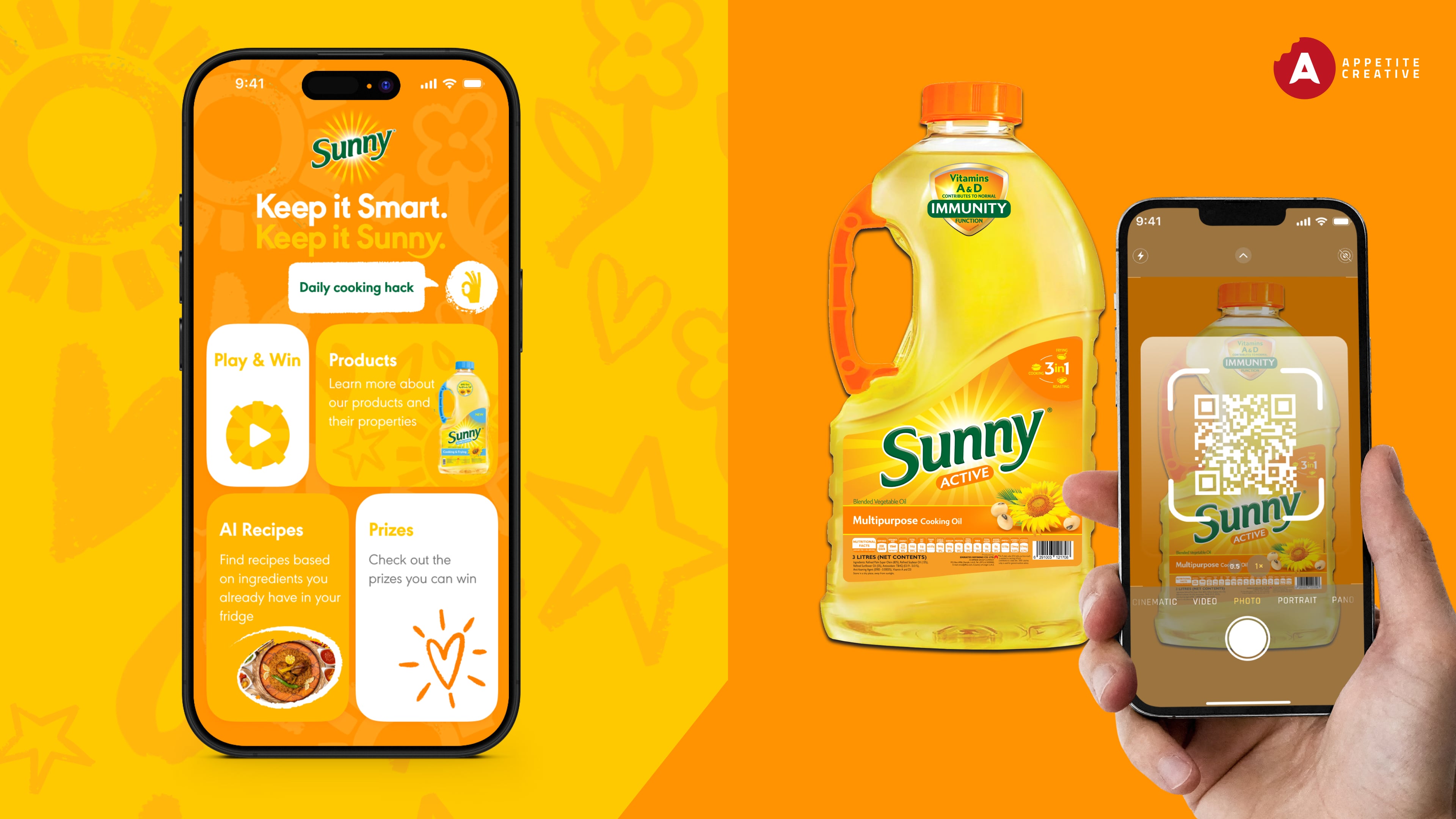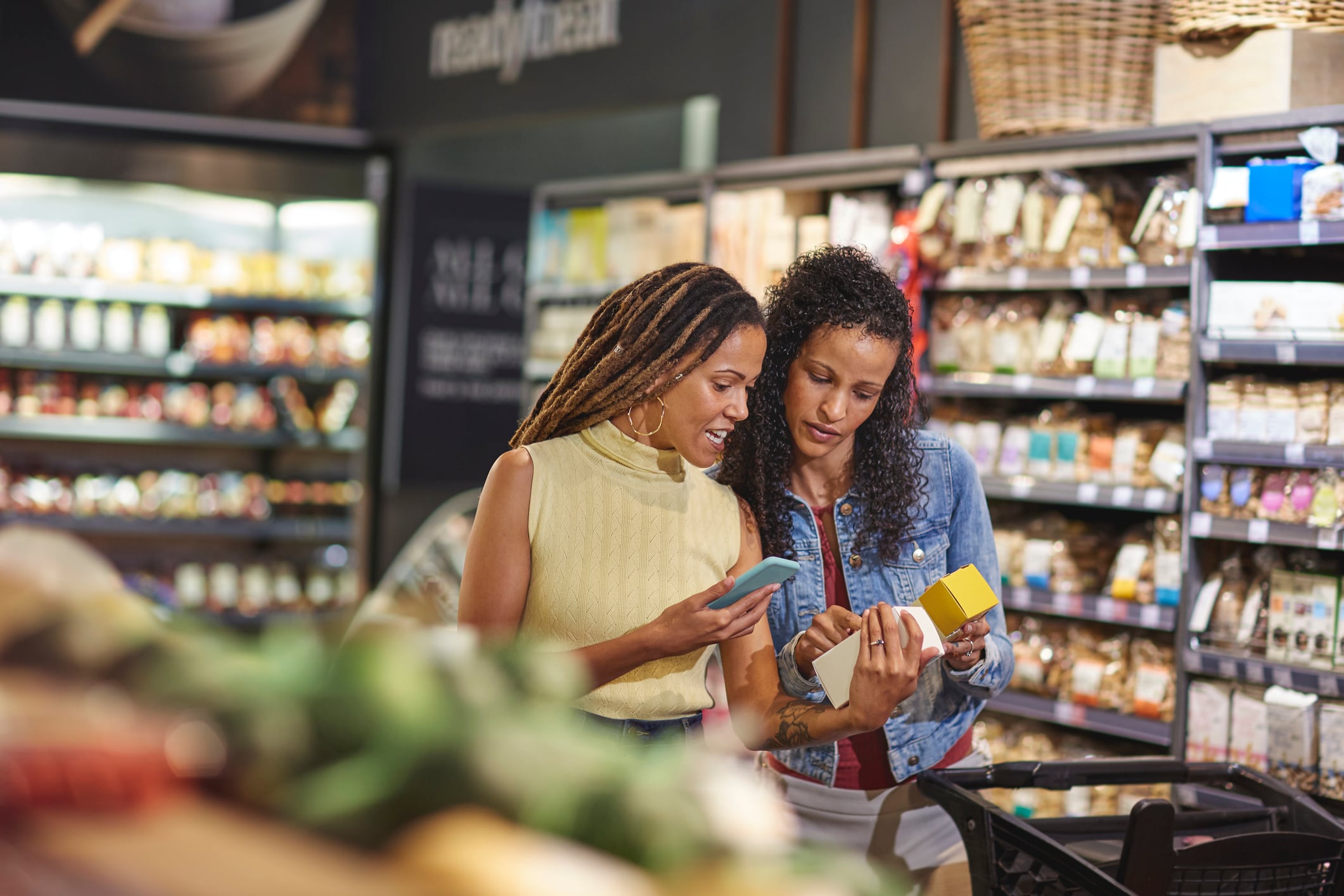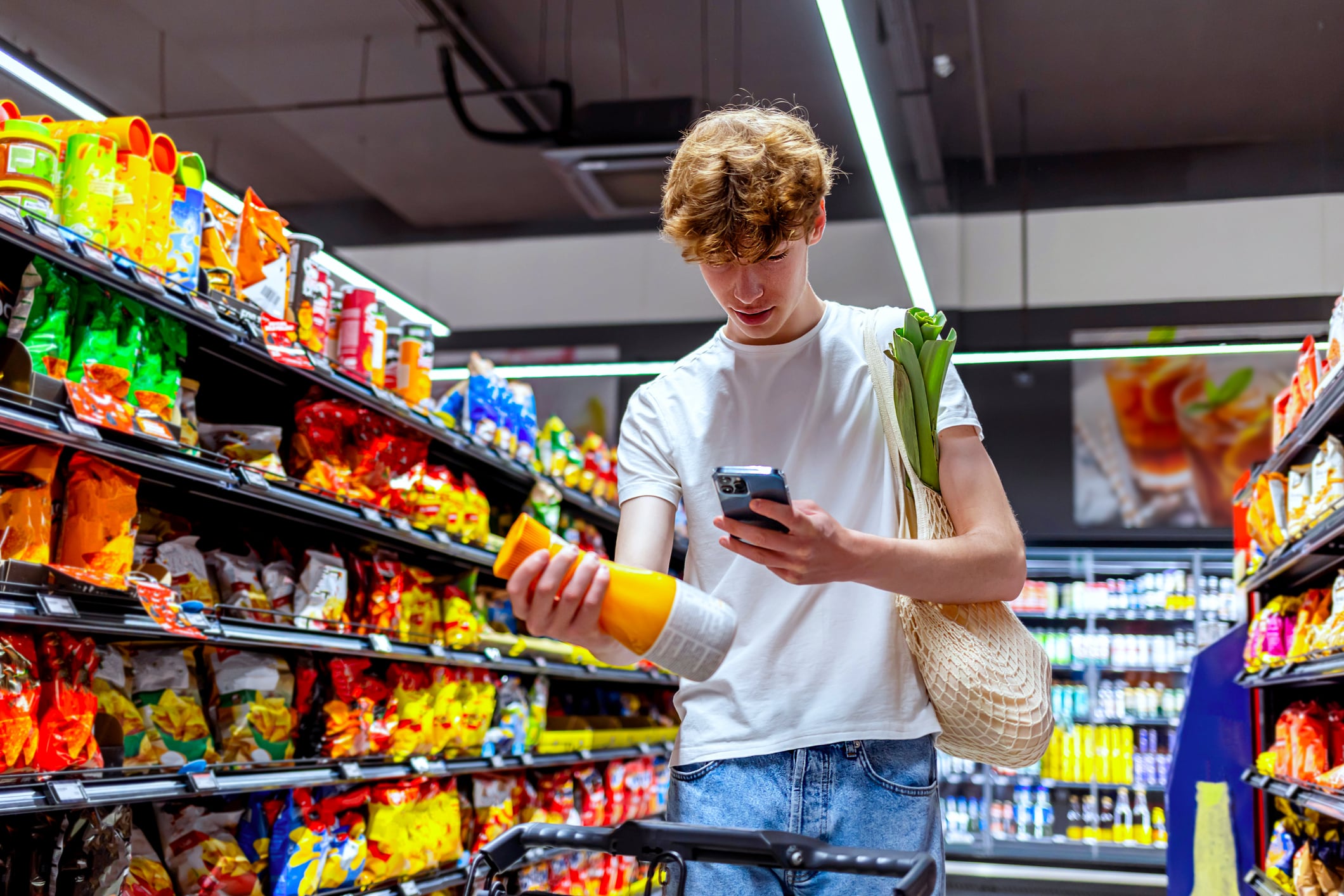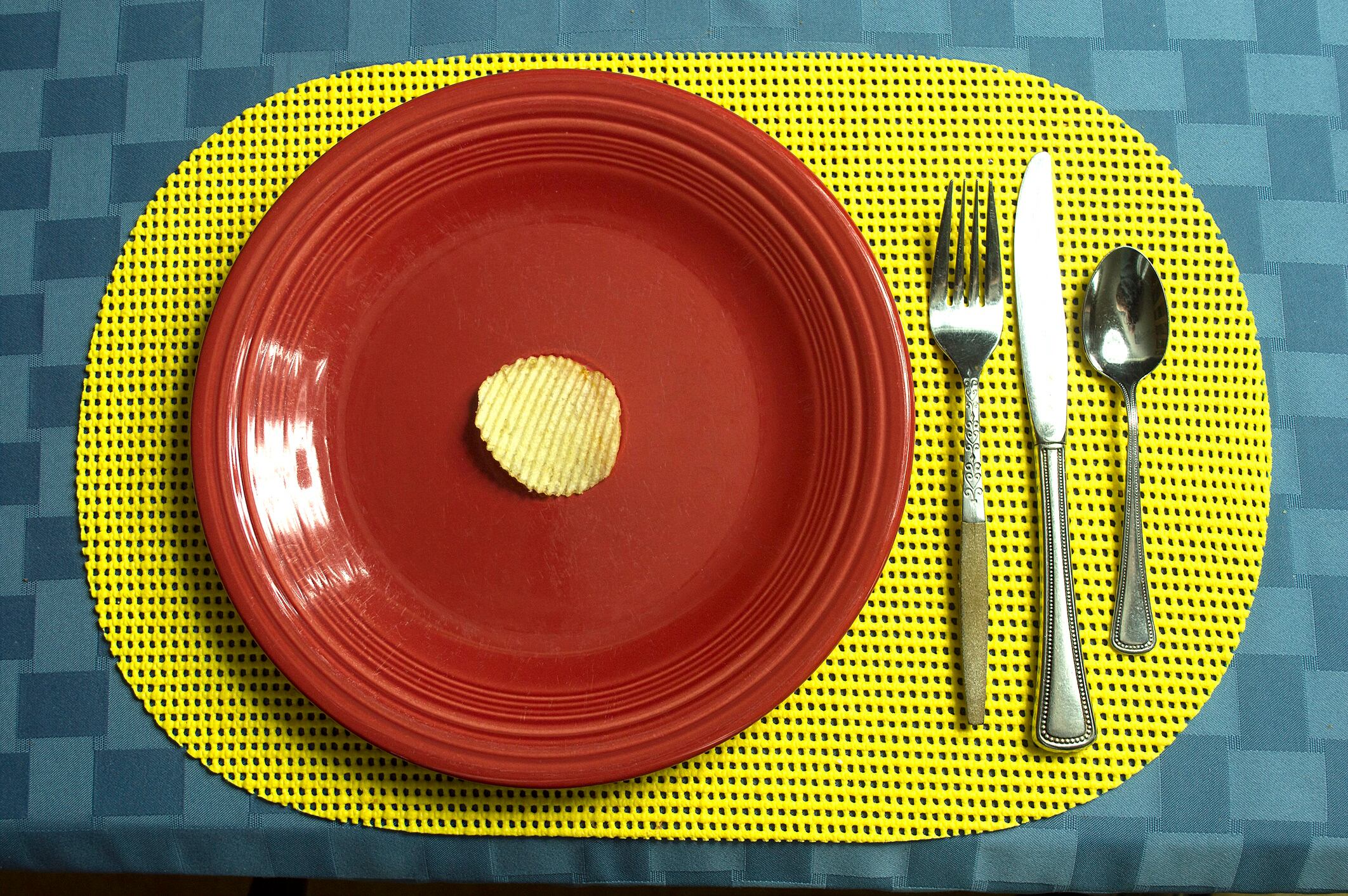Packaging has long been seen as a protective shell to transport goods safely to shelves, but in today’s digital-first, sustainability-conscious world, packaging is no longer just a container – it’s a data source and a storytelling tool.
Brands in food and beverage, in particular, are harnessing interactive technologies like QR codes, augmented reality (AR) and AI-powered personalization to transform the consumer experience at the most critical moment: when the product is in a customer’s hands.
“Food and beverage brands are revolutionizing the traditional concept of packaging by transforming it into an interactive media channel that reaches consumers at the point of maximum engagement,” according to Jenny Stanley, founder and managing director of Appetite Creative.
This is not a trend, it is the future of packaging. By 2027, GS1, the global authority on barcode standards, will roll out 2D barcodes across point-of-sale and point-of-care systems, cementing packaging’s role as a gateway to richer consumer engagement and data-driven experiences as part of its GS1 Sunrise 2027 Campaign.
Packaging as a platform for engagement
With a simple scan, customers can access personalized recipes, sustainability education, gamified experiences or even direct rewards, leading to engagement levels that far surpass traditional advertising.
According to Stanley, connected packaging campaigns achieve average scan rates of 14%, compared to a mere 0.01% click-through rate for digital ads. Consumers also spend about three minutes engaging with the experiences unlocked through packaging, and documented sales lifts have reached up to 30% – all without additional media spend.
“Brands are essentially turning every package into a targeted, measurable marketing touchpoint that provides invaluable first-party data in a post-cookie world,” she explains.
Design considerations also matter. Appetite Creative found that well-placed QR codes with strong calls-to-action can achieve 7% to 8% scan rates, while poorly positioned ones fall below 0.5%.
3 trends driving consumer response
As digital technology, sustainability concerns and personalization expectations evolve, three clear trends are shaping how people interact with brands through packaging.
- Transparency & traceability: With barcodes shifting to QR codes by 2027, consumers expect instant access to ingredients, sourcing and sustainability credentials. Appetite Creative reports that 40% of consumers cite quality as their top purchase driver, and packaging transparency helps deliver that trust.
- Gamification & rewards: Playable experiences dramatically increase engagement. For example, the KDD back-to-school campaign generated 191,000 game plays and 100,000+ scans in just three months. In the Philippines, Goodday cultured milk (Asahi Beverages) used serialized codes to deliver instant prizes and gamified challenges. This approach generated 218,000 unique visitors and more than 13,000 scans, demonstrating how entertainment and rewards can translate into tangible consumer participation.
- AI-Powered personalization: AI-driven experiences, like IFFCO’s Sunny Oil campaign, offer tailored recipe recommendations based on ingredients consumers already have at home. No two suggestions are the same, encouraging repeat engagement and loyalty.
Storytelling through smart packaging
Danone Alpro’s QR-enabled packaging is a strong example of how brands can connect shoppers with richer narratives. By linking to an immersive web app, consumers are guided through plant-based nutrition education while engaging in gamified brand experiences that bring Alpro’s story to life in an interactive way.
Similarly, Don Simon and Elopak introduced interactive experiences around aluminum-free cartons, showcasing the environmental benefits of sustainable packaging. The result not only improved consumer understanding but also impressive dwell times averaging nearly 1 minute and 40 seconds.
Beyond fun and education, connected packaging provides brands with an authentic way to communicate sustainability commitments to help consumers see beyond greenwashing and into real impact.
Elopak’s aluminium-free cartons combined interactive education with personalized experiences, while South Africa’s First Choice (Woodlands Dairy) used quizzes and digital sustainability booklets to educate consumers. The campaign did not just raise awareness, it directly boosted sales, delivering a 30% increase in just 12 weeks.
Together, these examples highlight how smart packaging enables brands to weave storytelling, education and authenticity into the consumer journey. Instead of acting as a static container, packaging becomes a living channel bridging the gap between physical products and digital engagement.
What’s next for packaging?
Looking ahead, several innovations are reshaping food and beverage packaging.
AI-powered personalization will enable packaging experiences that adapt dynamically based on consumer interactions and preferences, while IoT integration will allow packaging to learn from usage patterns and even predict consumer needs.
At the same time, regulatory-driven innovation (such as the transition from barcodes to QR codes) will open new opportunities for brands to stand out with compliance-ready connected packaging.
The industry is moving toward packaging that is not just connected but predictive and responsive. Appetite Creative’s 2024 Connected Packaging Survey showed 96% of brands plan to increase connected packaging investment, up from 59% in 2022, which outlines clear evidence that packaging is becoming one of the most powerful brand-building tools available.




